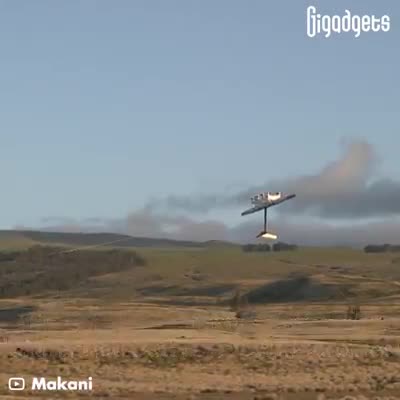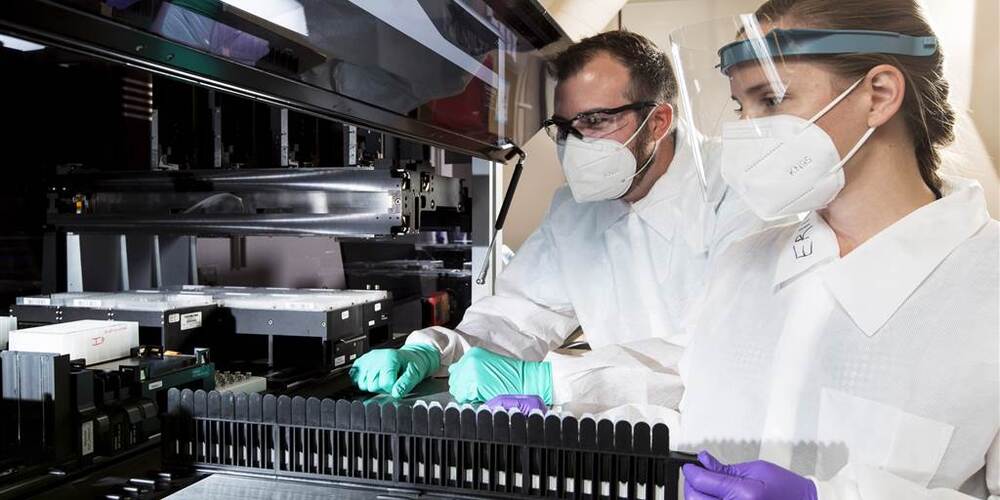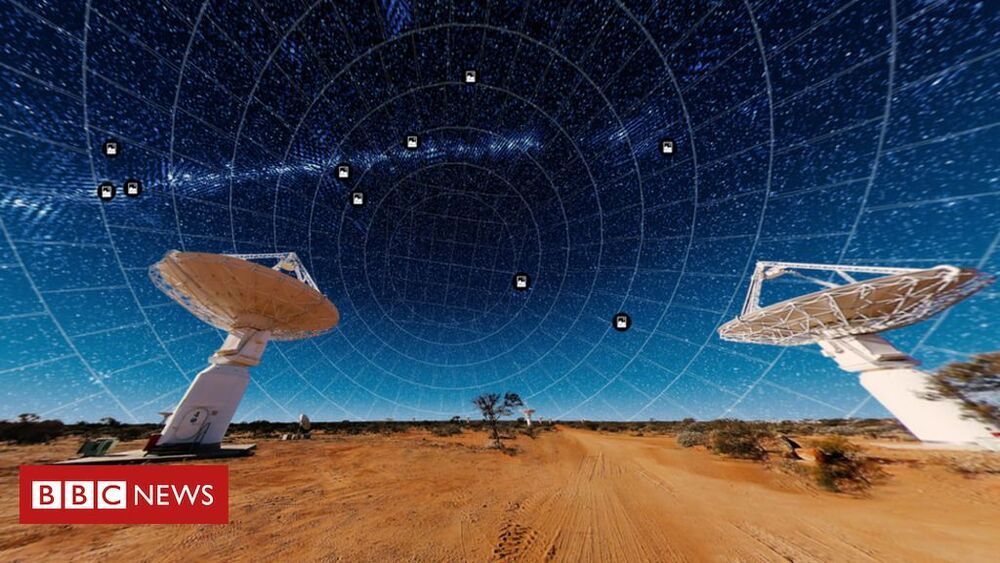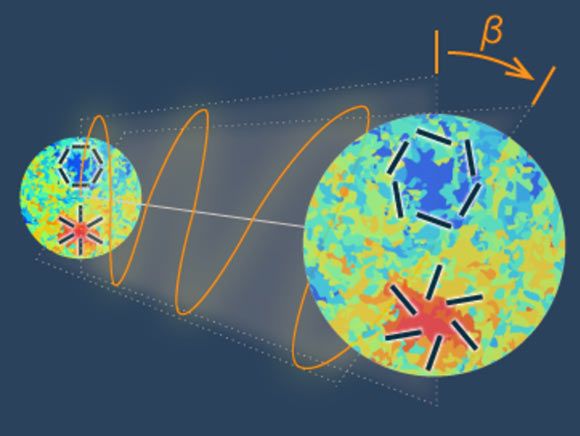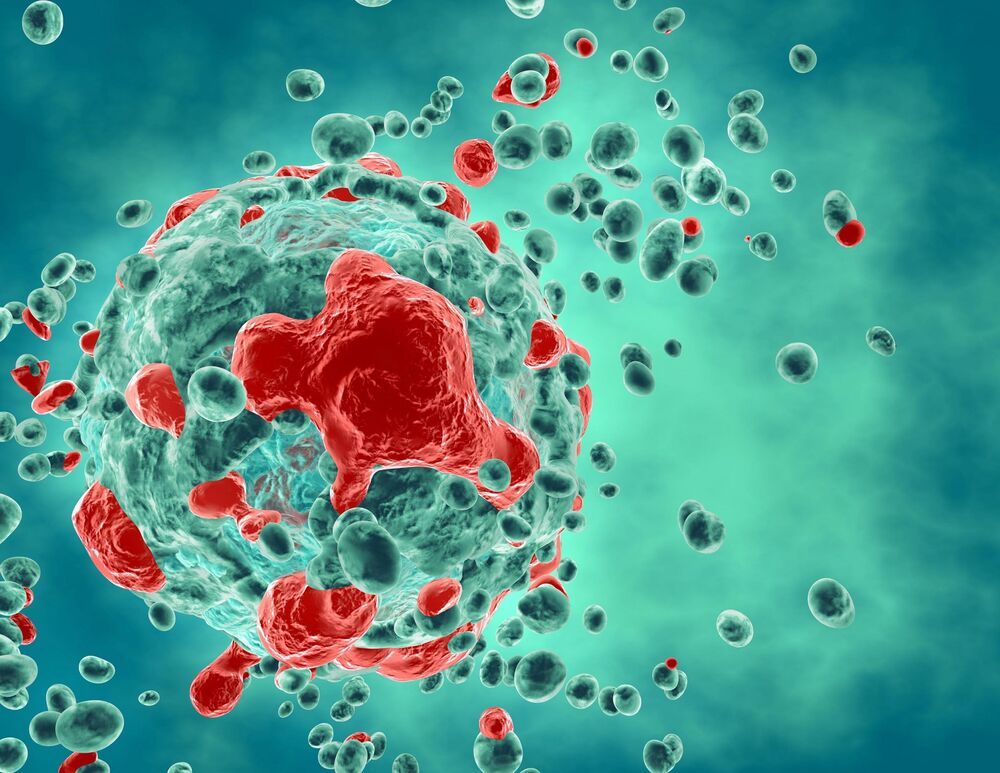https://www.BetaGlucanShop.com — Natural killer cells (NK cells) are the most aggressive cells of your immune system and kills through apoptosis, also known as programmed cell death. These innate immune cells are key players against viral infections and cancer growth.
Natural killer cells help prevent metastasis by killing abnormal cells and tumour cells. Metastasis is the spread of cancer from one part of the body to another. Beta glucans are used in immunotherapy as they may help (depending on type) the immune system distinguish between healthy and abnormal cells like cancer cells, and thus direct the immune cells to engage cancer cells.
Research shows us that beta 1,3/1,6 glucans can trigger groups of immune cells including macrophages, neutrophils, monocytes, natural killer cells and dendritic cells for activity. Clinical human studies demonstrate that Wellmune Beta Glucan significantly increases the percent of active immune cells available to defend your body. Wellmune increases mobilization of innate immune cells to the site of a challenge, enabling faster recognition and neutralization of foreign intruders and killing (phagocytosis) of foreign challenges, resulting in a more complete immune response.
Studies on Wellmune Beta Glucan shows that this proprietary strain of patented yeast beta 1,3/1,6 glucan primes macrophages, neutrophils and natural killer cells to defend your body against a broad range of infections, other foreign challenges, and assist in the removal of damaged cells.
